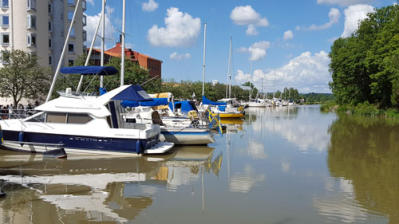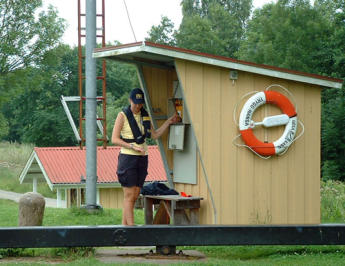Above, Göta Canal passing Söderköping. Photo Hans Högman,
2017.
Above, Berg locks; the Carl Johan flight of locks. Wikipedia.
Above, Berg locks; the Oscar lock. Wikipedia.
Above, M/S Diana in the Forsvik lock. Wikipedia.
Above, a lock-tender somewhere between Söderköping
and Mem. Photo Hans Högman, 2003.
Above, a lock in Söderköping. Photo Hans Högman, 2003.
Above, the Berg flight of locks. M/S Juno
passing the locks. Wikipedia.
Above, Göta Canal at Motala. Photo Carol Kemp, Washington,
USA.
Above, Göta Canal at Borensberg. Photo Carol Kemp, Washington, USA.
Above, Göta Canal at Norsholm. Photo Carol Kemp, Washington,
USA.



































































































































































































































































































































































































































